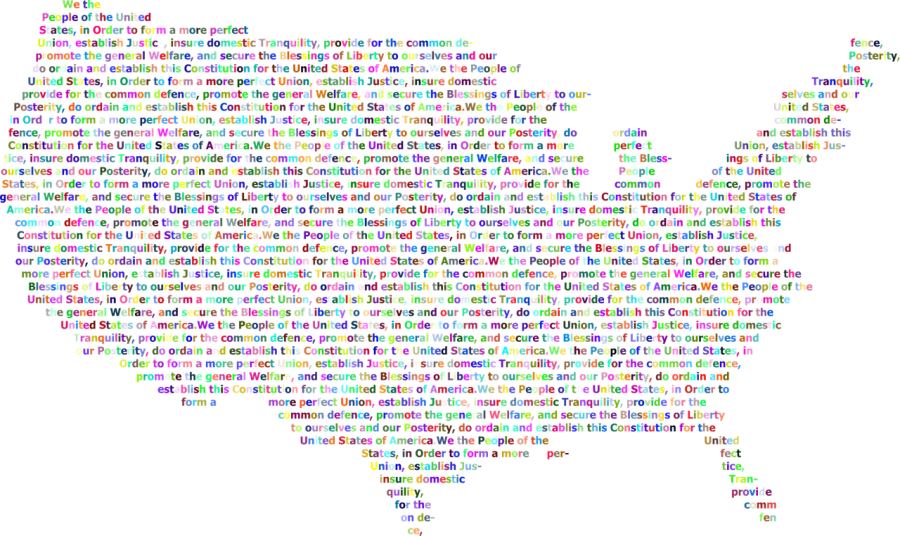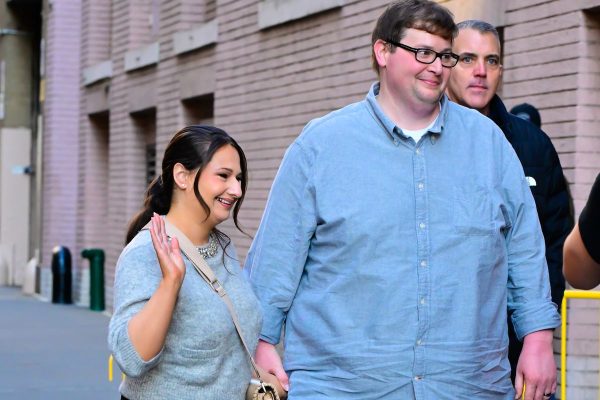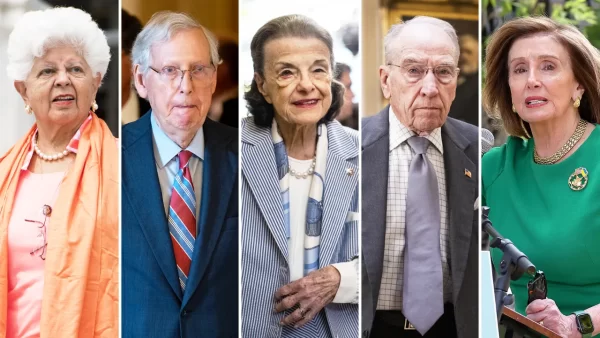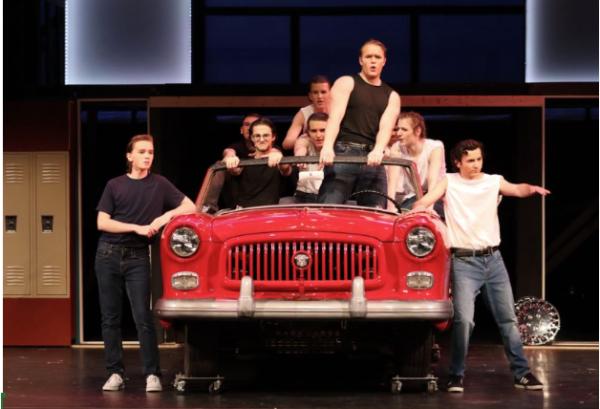Schools Shielding Rights
More than 50 million children and teens across the nation attend school everyday.
Every day parents send their kids off to school, and they assume the rights of their children as students. They rarely question if their child is treated unfairly. However, this is not always the case.
The First Amendment of the Constitution encompasses the very idea that everyone should have the freedom of speech. Yet when it comes to teaching, educators may not have the freedom to voice their perspective on controversial topics. Teachers may have limits when expressing political, religious, or any opinionated beliefs to their students.
Rochester Adams principal, Pasquale Cusumano, was asked if he thought that teachers and students being able to civilly talk about their political views could improve their relationship with one another and allow them to understand and respect each other more?
“Yes and no, politics and religion are very touchy subjects, and if teachers do not remain respectful, we are often the ones hearing about it. Teachers can share their opinion; however’ they must stay neutral in the classroom. Teachers also have to be aware of students going home and telling their parents information they learned in school. There can not be one side a teacher favors, but there can still be that conversation on a respectful level,” said Cusumano.
The classroom may be the the first exposure to government that students have. School is also where citizens receive their knowledge of politics and government. Both of which they take into the real world.
“I think that teachers should be allowed to voice their views on political and religious beliefs. When students and educators are not permitted to voice their views, there is no room for argument. Argument is a large part of a discussion,” said junior Audrey Beach.
If teachers and students are not allowed to see different sides of an argument, the availability for a growth in learning may be limited. A possible solution to this problem would be to allow teachers and students to voice their opinions. Multiple views can allow students to see both sides, controversial or not.
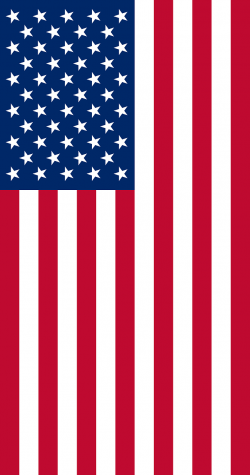
The American flag is a symbol of freedom. Which many students feel like they lack.
There doesn’t appear to be much hope for this however.
“In 2008, Mayor Michael Bloomberg ruled that public school teachers could not wear political buttons in the classroom. The teachers’ union challenged the ban, but it was upheld by Federal District Court Judge Lewis Kaplan,” said author of Election 2016: What Teachers Can and Cannot Do, Alan Singer.
If a teenager asks about someone’s political beliefs, why is that frowned upon? Our own government teachers are not allowed to share their own political views in the classroom. Which may halt any discussion opportunity for the students or the teachers.
School is the main place of constitutional interpretation. If students and teachers are in a school with unconstitutional rules such as confining freedom of speech.

